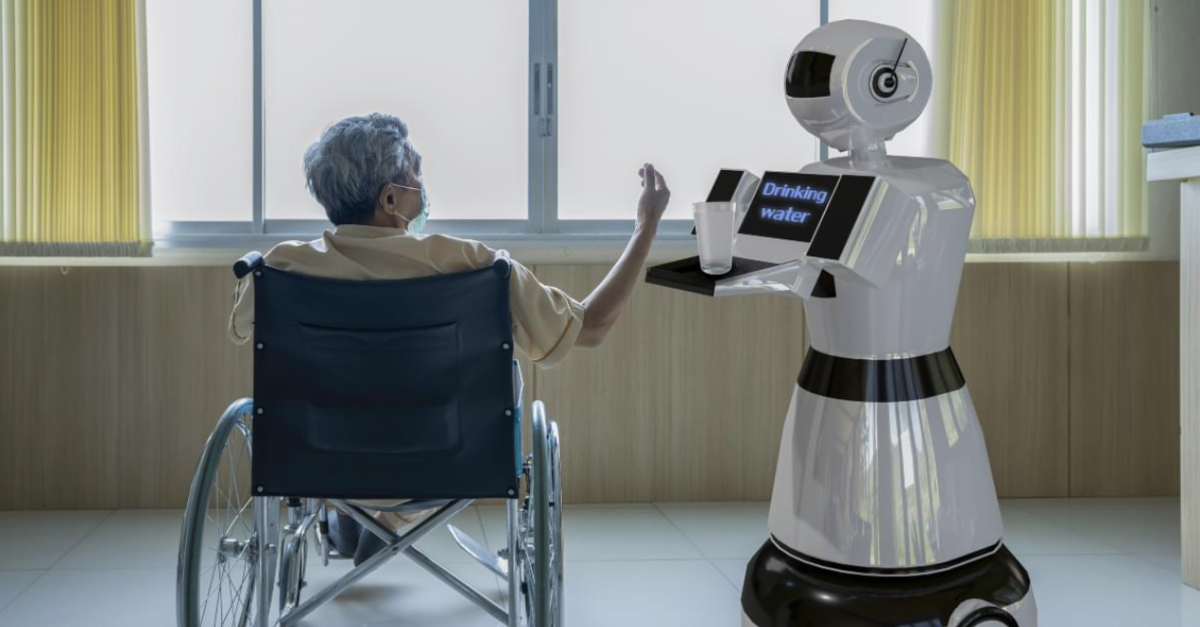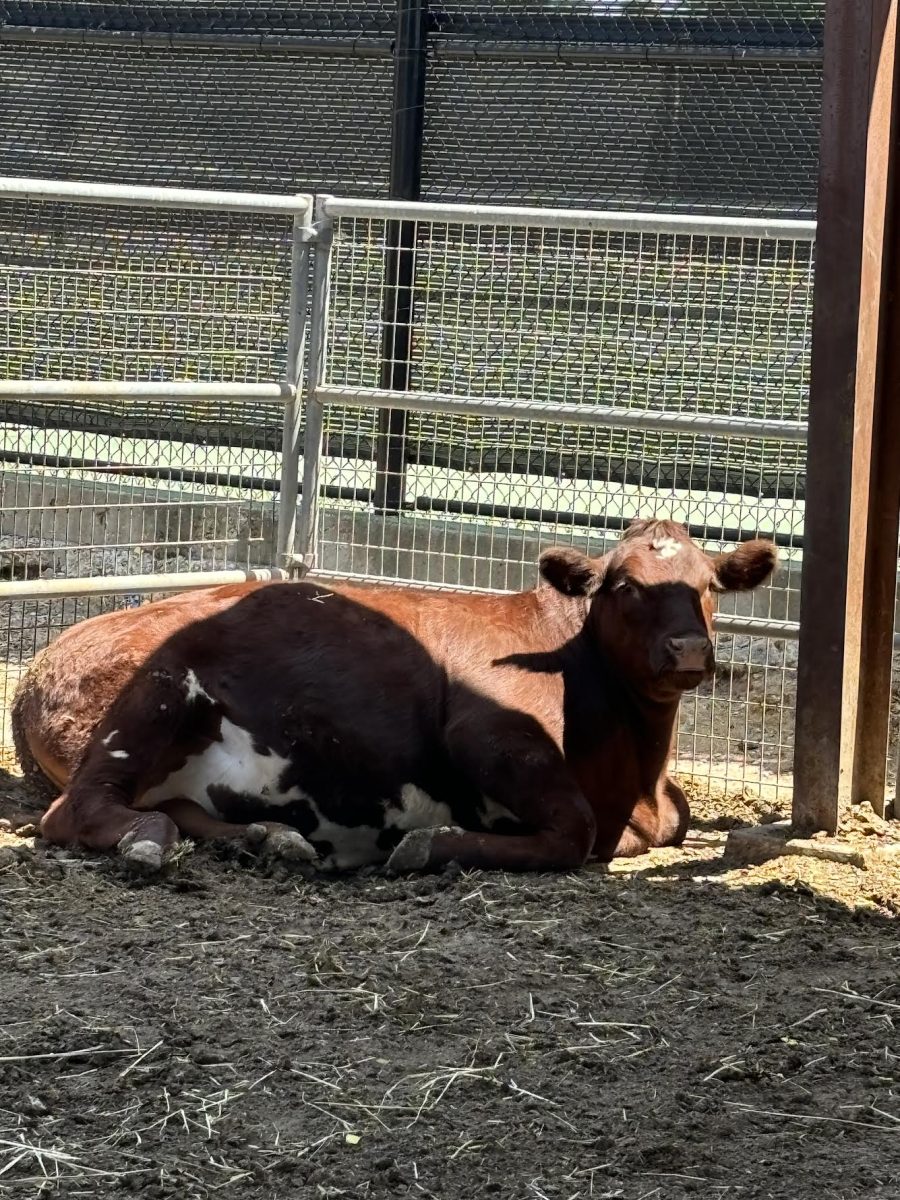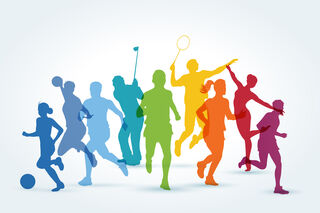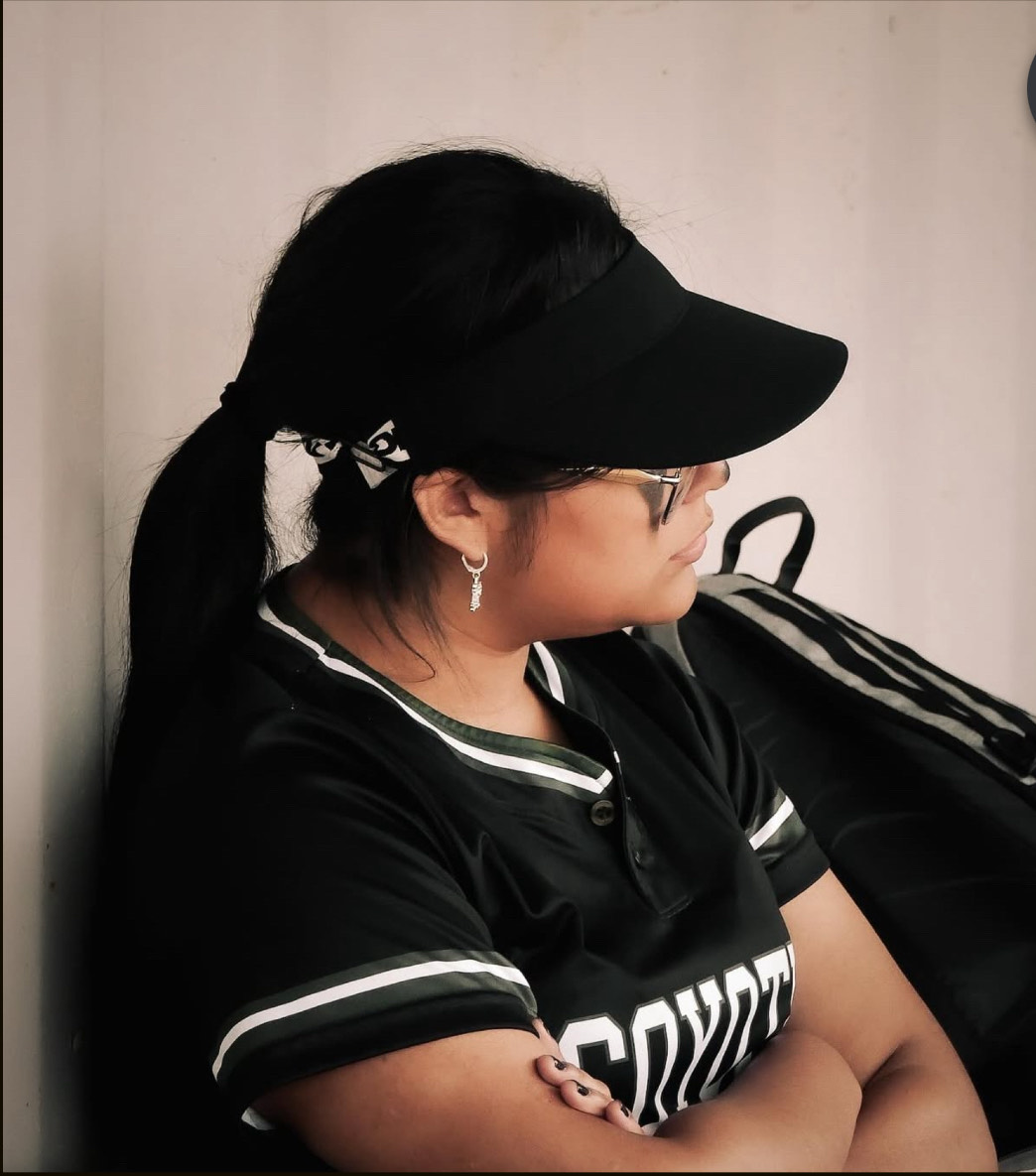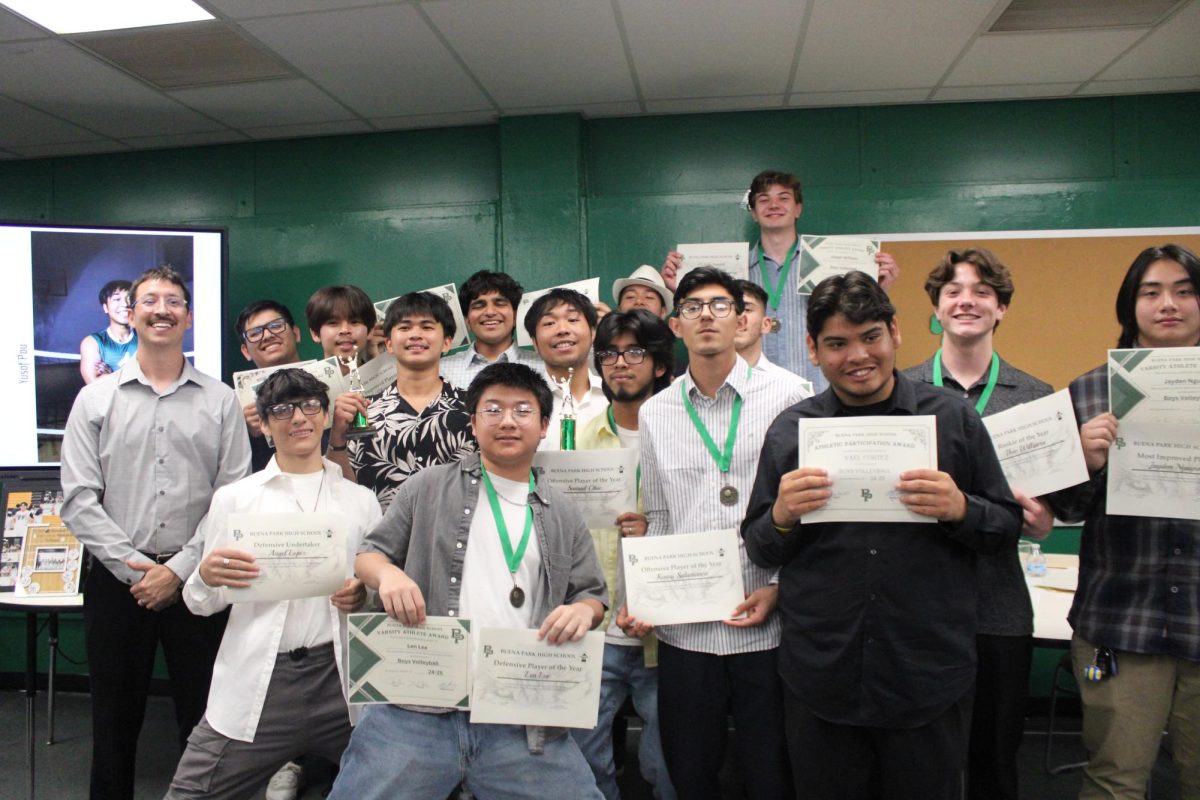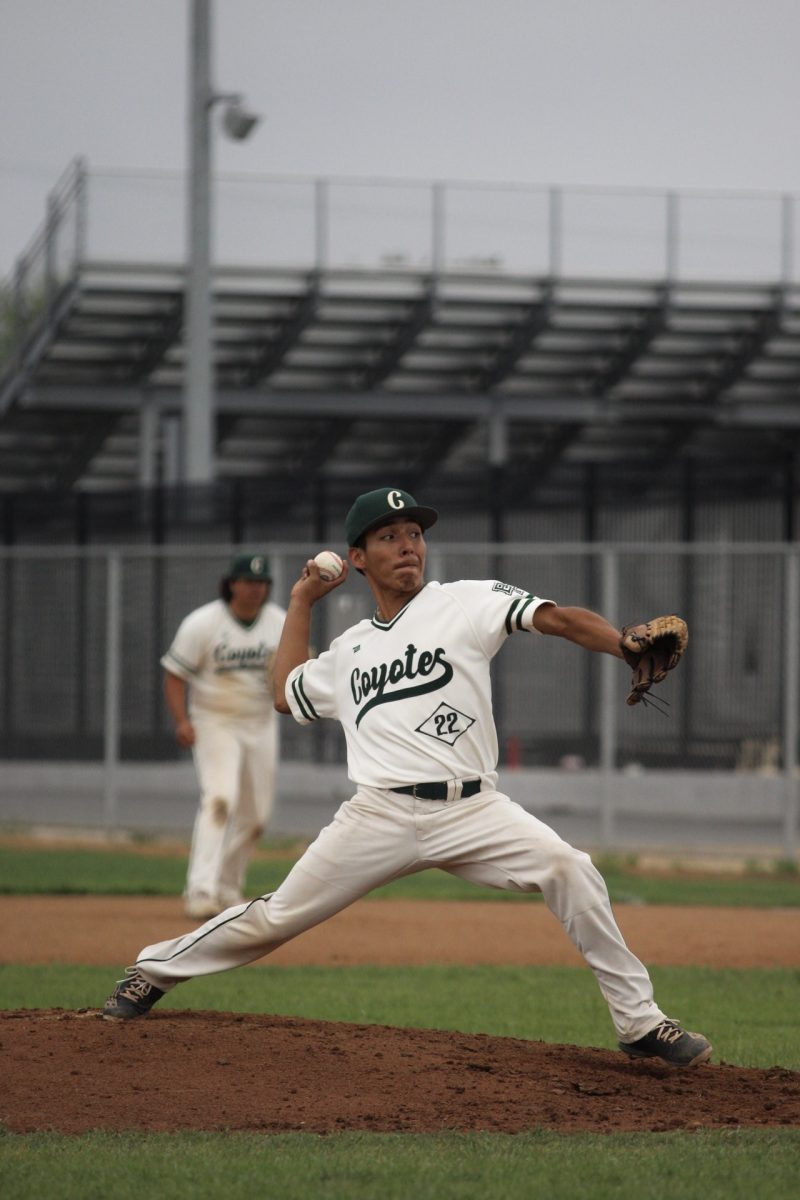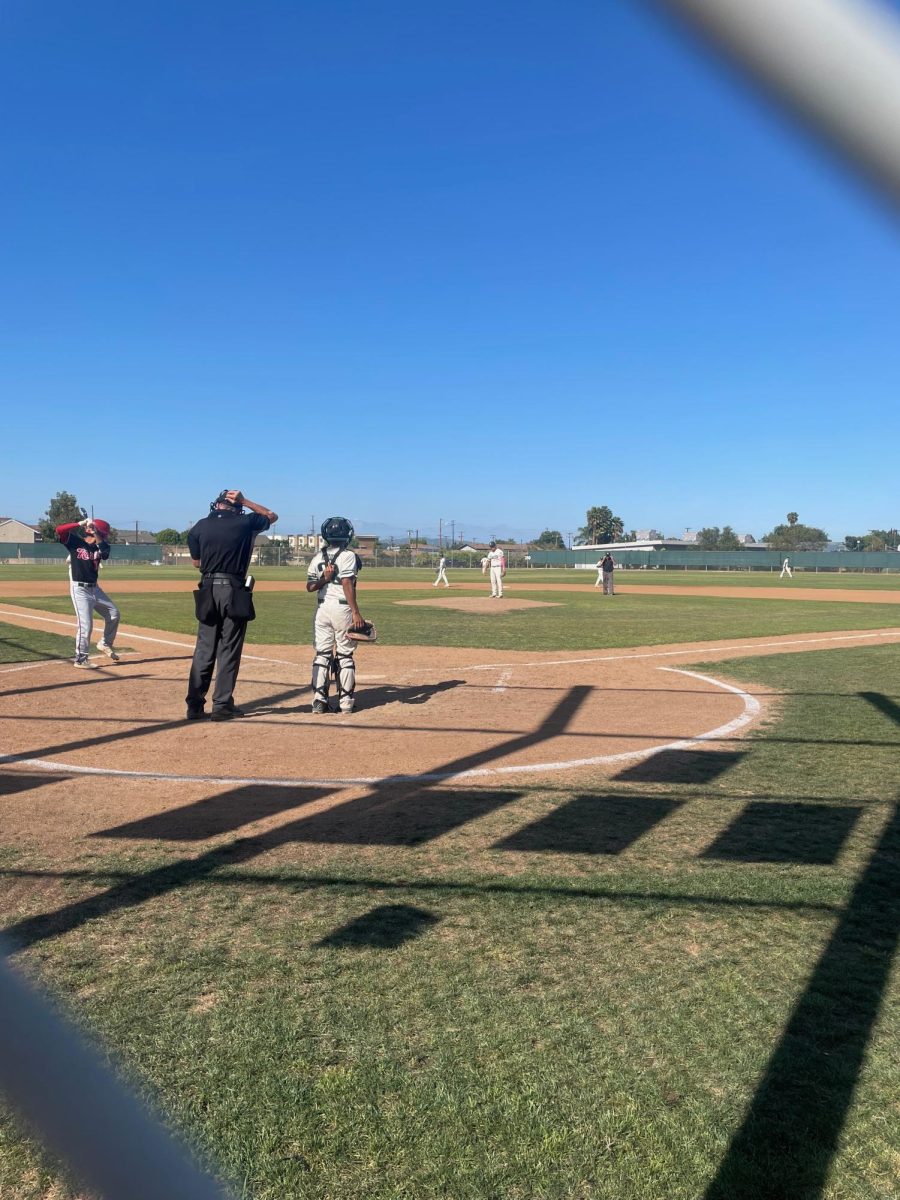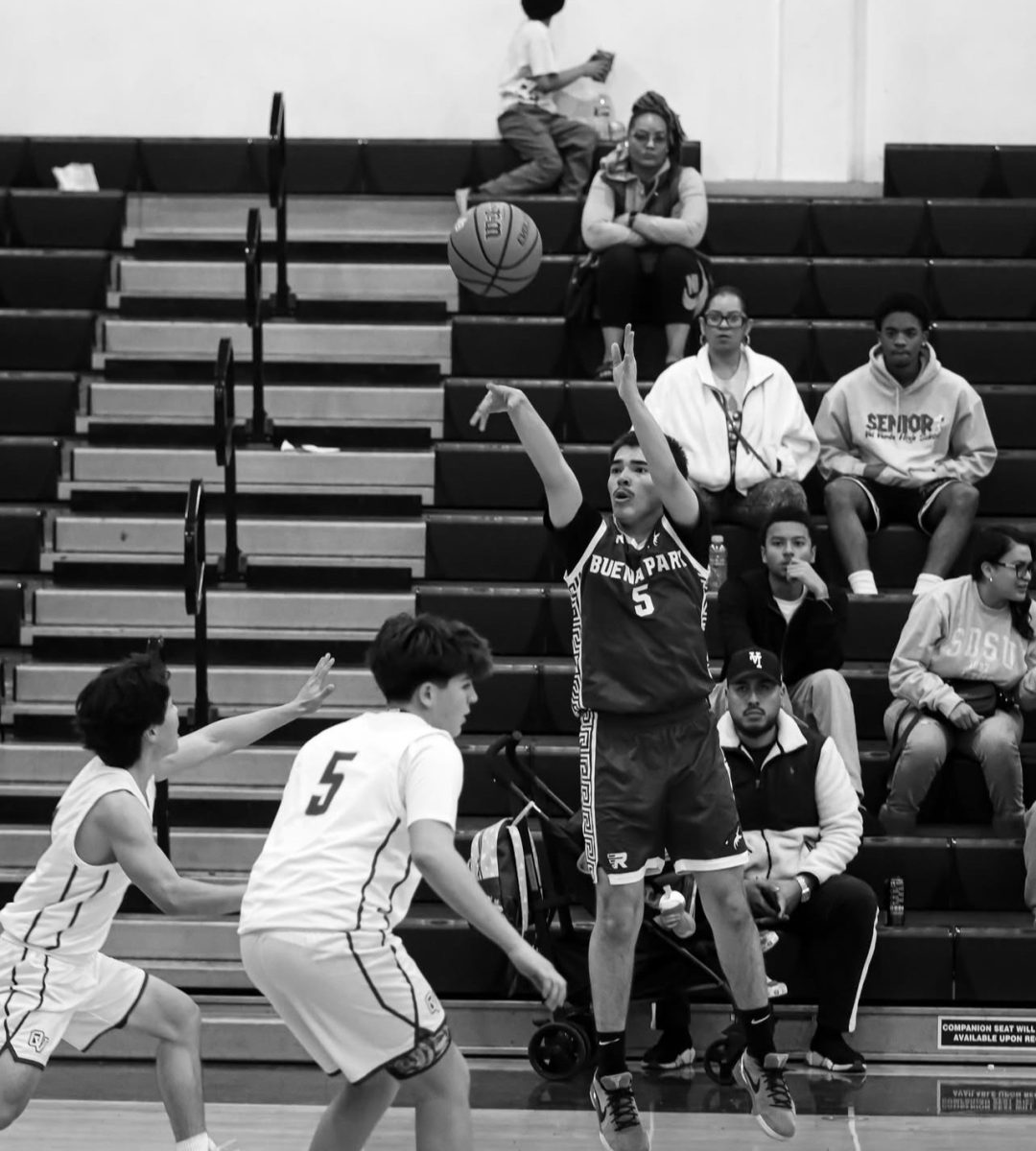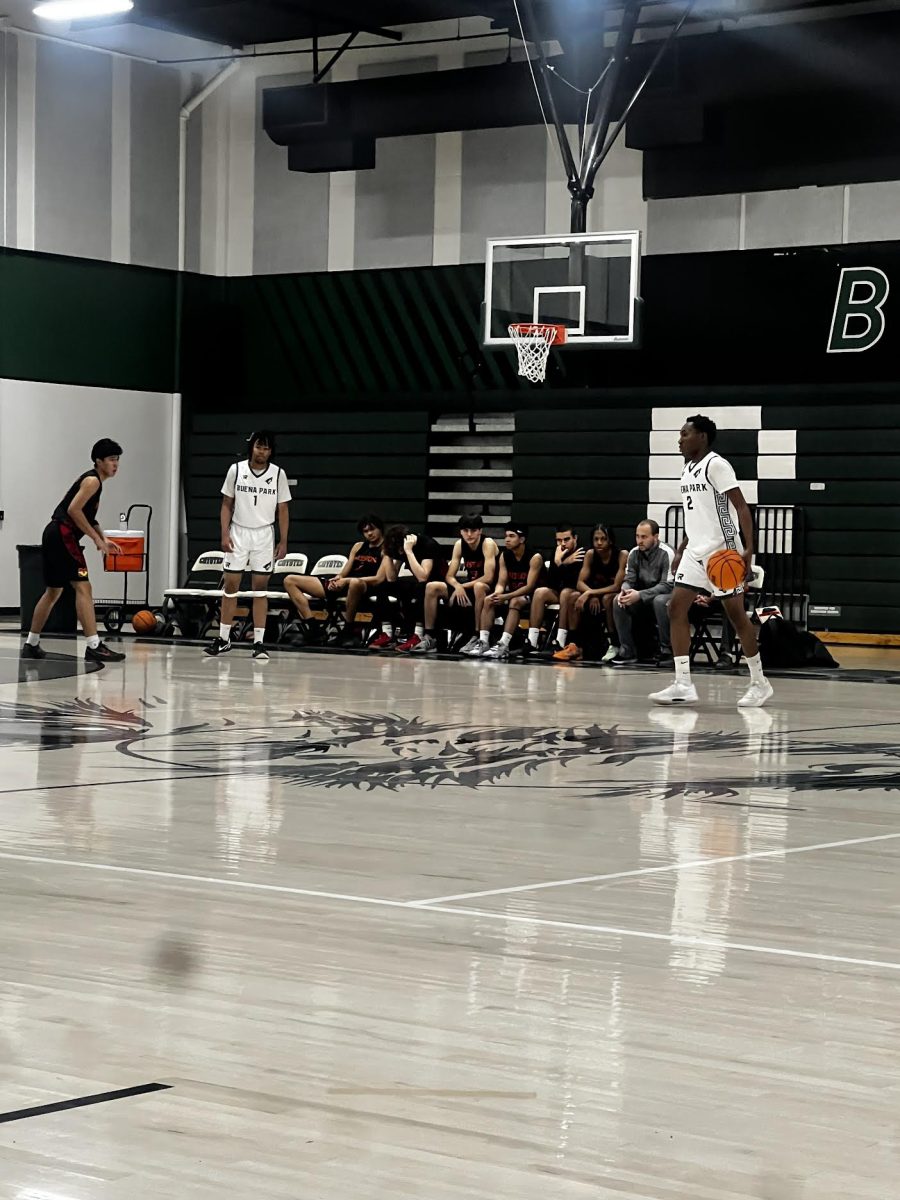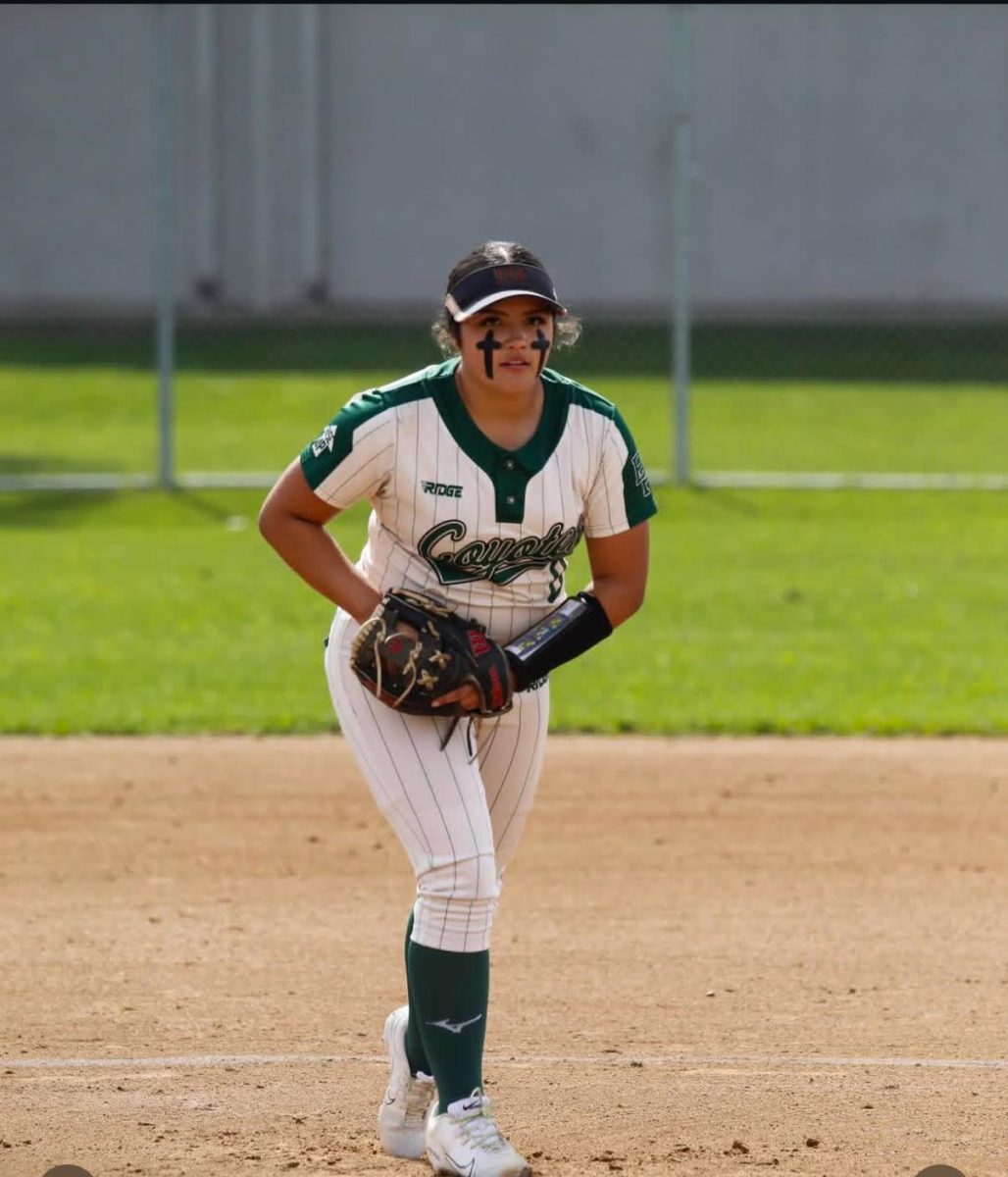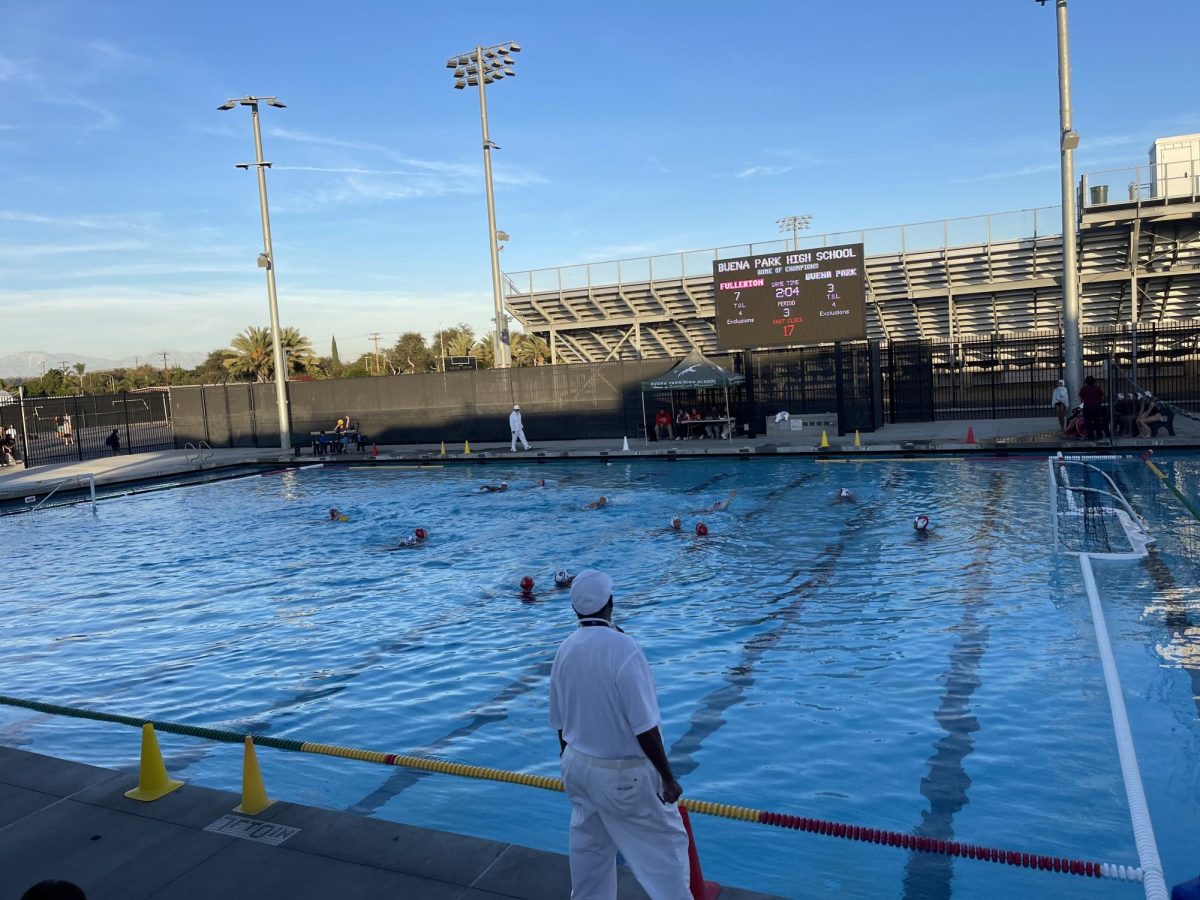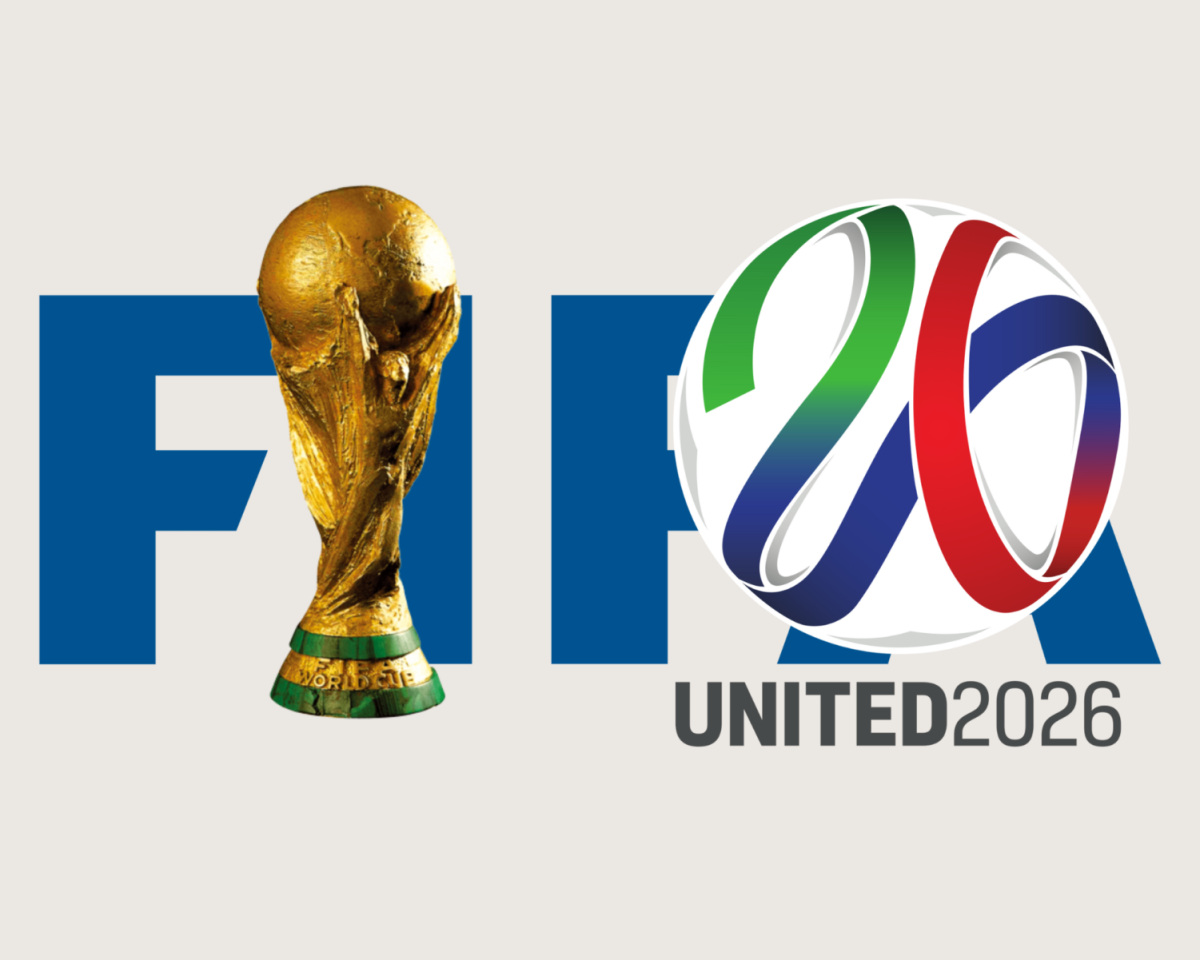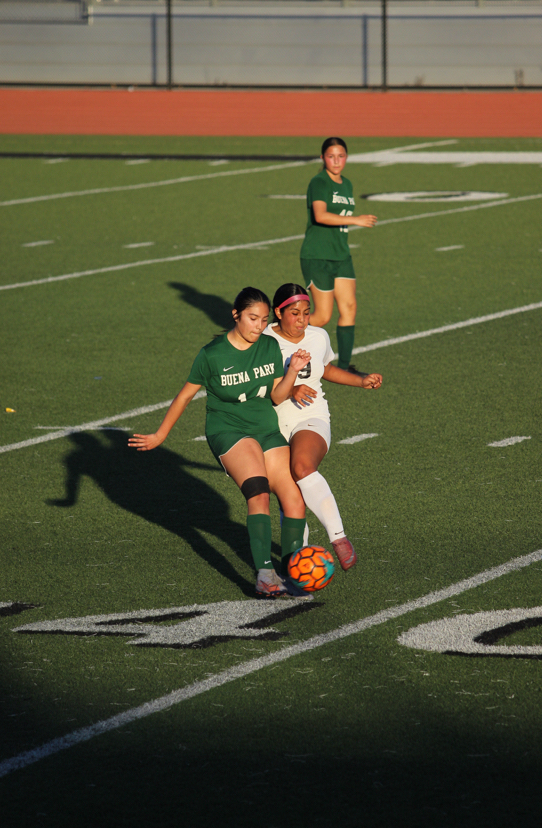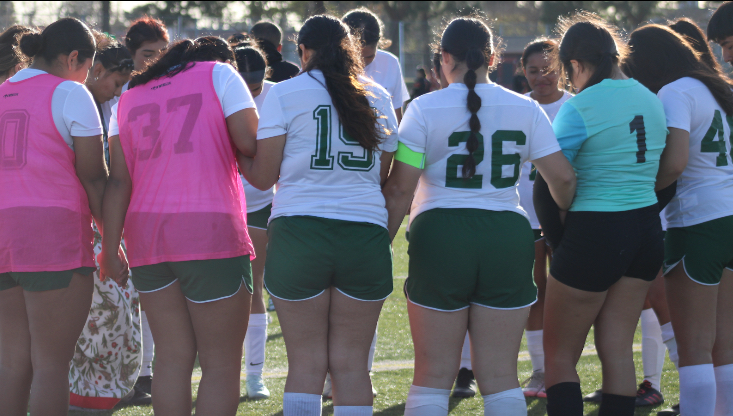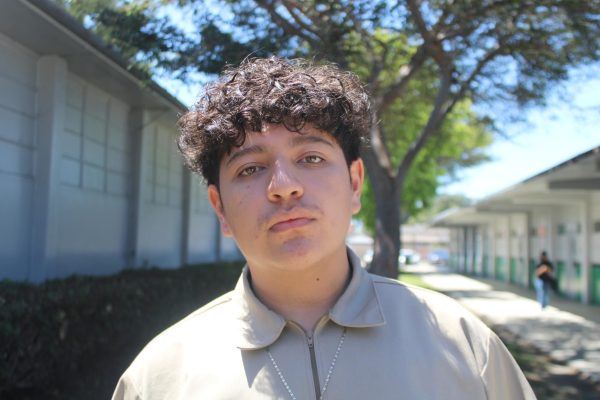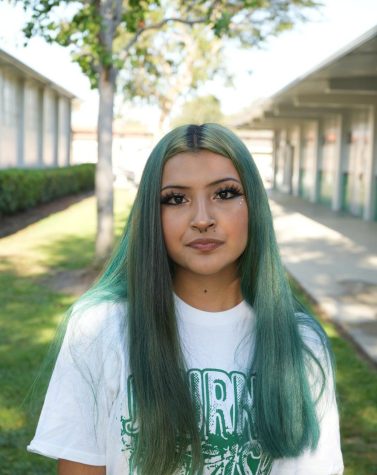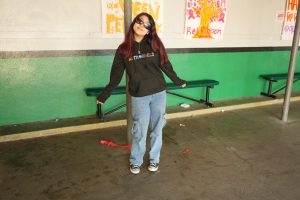All about Light Pollution
March 31, 2023
Pollution is real. Some effects that this could cause are Increased light at night and lowered melatonin production, which results in sleep deprivation, fatigue, headaches, stress, anxiety, and other health problems.
LIGHT POLLUTION
Light pollution is actual. If you live in a big city with lots of factories at night you will barely see any stars at night, but if you live in a more isolated place far from any factories you will be able to see the millions of stars out there. Recent studies also show a connection between reduced melatonin levels and cancer. Light pollution is a side effect of industrial civilization. Its resources include building exterior and interior lighting, advertising, commercial properties, offices, factories, streetlights, and illuminated sporting venues. Light pollution is the presence of anthropogenic artificial light in otherwise dark conditions. About 83% of people, including 99% of Europeans and Americans, live under light-polluted skies that are more than 10% brighter than natural darkness. 80% of North Americans cannot see the Milky Way galaxy. Although this type of pollution can exist throughout the day, its effects are magnified during the night with the contrast of darkness. It has been estimated that 83 percent of the world’s people live under light-polluted skies and that 23 percent of the world’s land area is affected by skyglow, In the USA commercial building lighting consumes over 81.68 terawatt-hours (1999 data) of electricity per year
Medical research on the effects of excessive light on the human body suggests that a variety of adverse health effects may be caused by light pollution or excessive light exposure. Some lighting design textbooks use human health as an explicit criterion for proper interior lighting. Health effects of over-illumination or improper spectral composition of light may include: increased headache, increase in anxiety, risks of obesity, and also work fatigue. Experts say that if light pollution keeps going in some places you won’t even be able to see stars. #1 Turn Off Lights When Not in Use. #2 Use fewer lights when inside. #3 Keep the blinds and Drapes closed at night. #4 Avoid driving at night. #5 Turn off all lights when going to sleep. #6 When going Outside, point your lights toward the ground.
Light trespass is when light shines outside of the area it’s supposed to brighten. Streetlights should only light the street, to make walking and driving safer. But sometimes streetlights can shine into your bedroom. This is an example of light trespass. Skyglow is a form of light pollution that makes the night sky brighter. It often looks like a yellow halo around a city. Skyglow happens when too much light shines up into the atmosphere. The light scatters and reflects down to the ground. When there are more clouds, more light is reflected.
